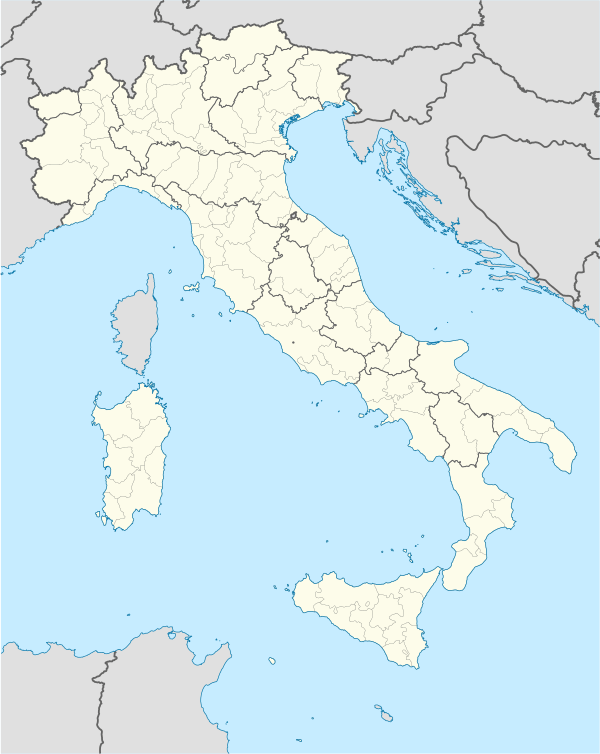Cammarata
| Cammarata | |
|---|---|
| Comune | |
| Comune di Cammarata | |
|
| |
 Cammarata Location of Cammarata in Italy | |
| Coordinates: 37°38′N 13°38′E / 37.633°N 13.633°ECoordinates: 37°38′N 13°38′E / 37.633°N 13.633°E | |
| Country | Italy |
| Region | Sicily |
| Province | Agrigento (AG) |
| Frazioni | Borgo Callea |
| Government | |
| • Mayor | Vito Diego Mangiapane |
| Area | |
| • Total | 192.3 km2 (74.2 sq mi) |
| Elevation | 682 m (2,238 ft) |
| Population (Dec. 2004)[1] | |
| • Total | 6,416 |
| • Density | 33/km2 (86/sq mi) |
| Demonym | Cammaratesi |
| Time zone | CET (UTC+1) |
| • Summer (DST) | CEST (UTC+2) |
| Postal code | 92022 |
| Dialing code | 0922 |
| Patron saint | St. Nicholas of Bari |
| Saint day | December 6 |
| Website | Official website |
Cammarata is a comune (municipality) in the Province of Agrigento in the Italian region Sicily, located about 60 kilometres (37 mi) southeast of Palermo and about 35 kilometres (22 mi) north of Agrigento on the eponymous mountain, which has an elevation 1,578 metres (5,177 ft) above sea level in a territory rich in forests.
Cammarata borders the following municipalities: Acquaviva Platani, Casteltermini, Castronovo di Sicilia, Mussomeli, San Giovanni Gemini, Santo Stefano Quisquina, Vallelunga Pratameno, Villalba.
History
The name derives from the Greek Kàmara, meaning "vaulted room". The town is mentioned for the first time in 1141 in a document mentioning several Arabic localities, a sign that it was settled at least from the Islamic domination of the island.
The county of Cammarata followed the history of Sicily under the Normans, the Hohenstaufen and the War of the Vespers. In 1397 the count rebelled and the town was besieged by Bernardo Cabrera, general of king Martin II of Sicily. Later it was a fief of the Abatellis.
Main sights
- The castle, an example of Aragonese architecture
Demographic evolution
